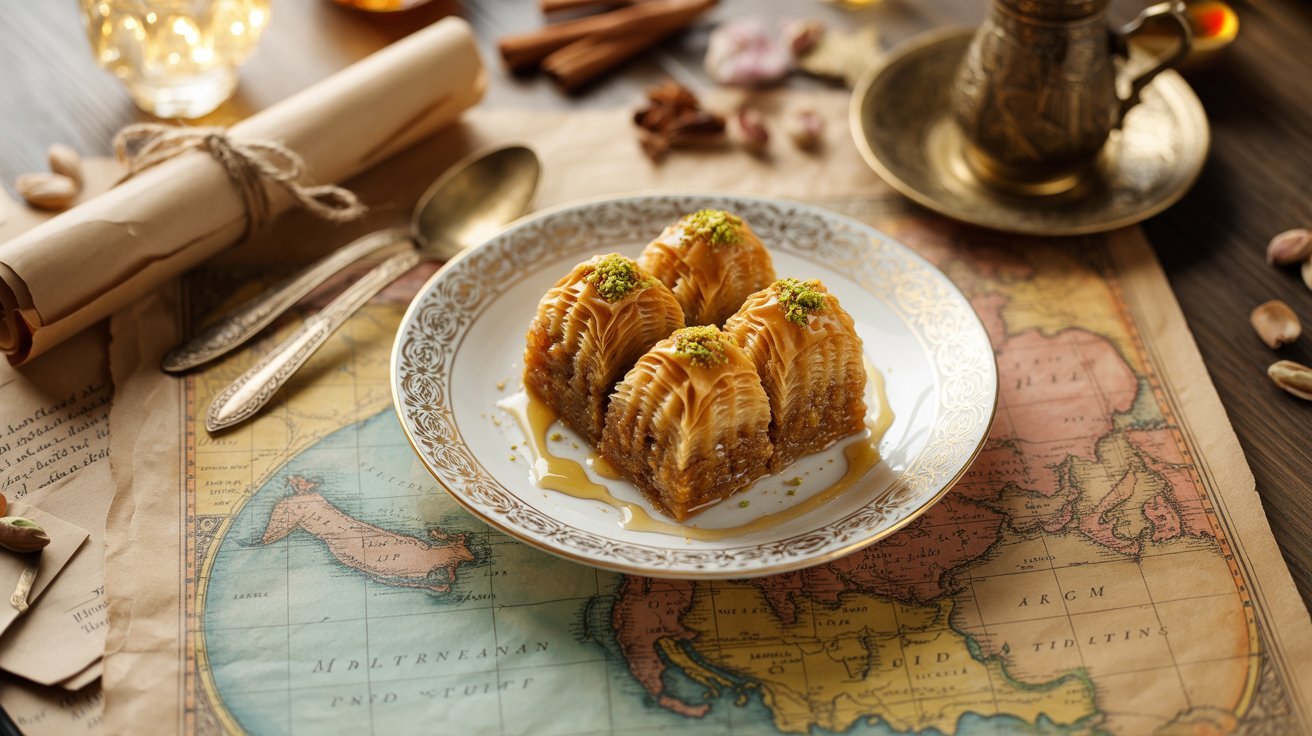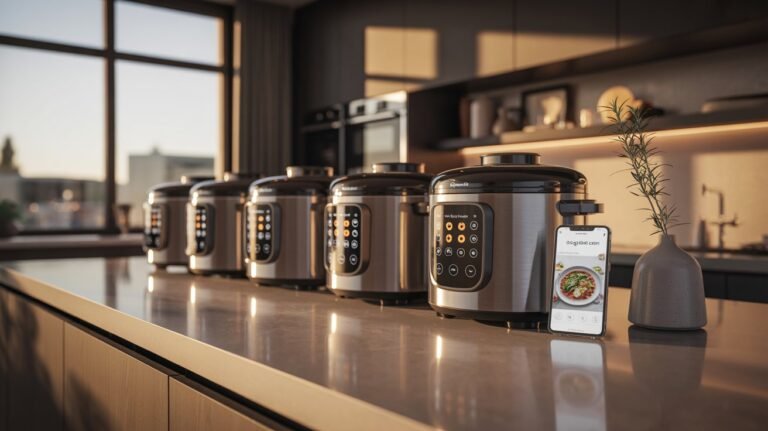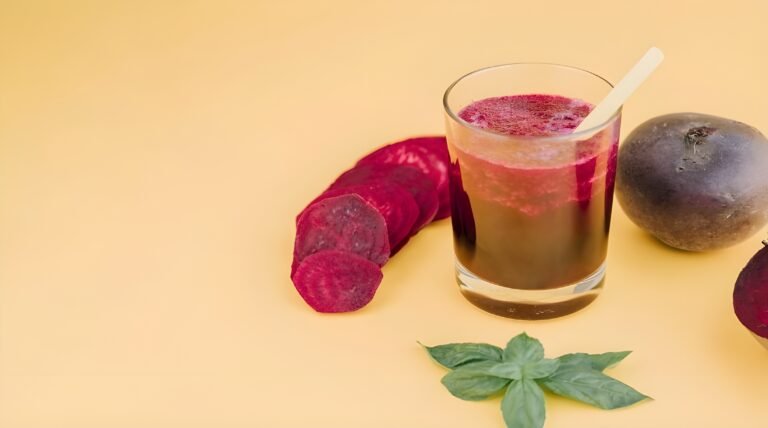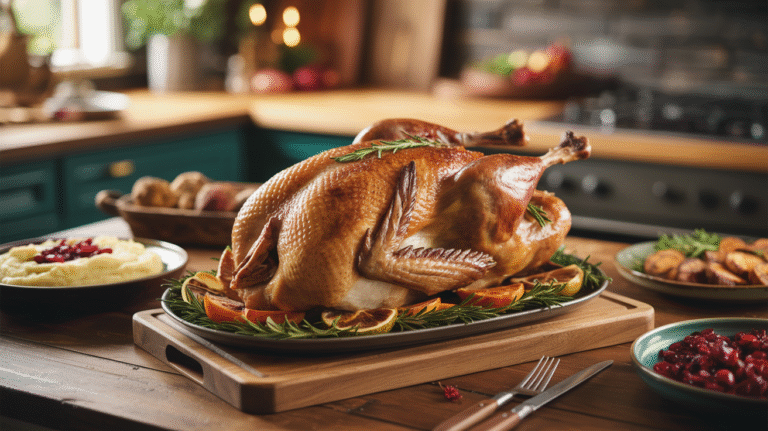The Best Fluffy Pancakes recipe you will fall in love with. Full of tips and tricks to help you make the best pancakes.

Have you ever looked at a golden, crispy piece of baklava and wondered, “Does baklava have peanuts?” You’re not alone. With food allergies like peanut sensitivity on the rise and concerns about cross-contamination, nut allergies, and ingredient transparency becoming more common, this is an important question. In this article, we will take a serious dive into the ingredients of Sweet pastry, discuss nut variations, examine global baking practices, and explore how safe this dessert is for those managing peanut allergies or other nut-related health concerns.
What Is Baklava?
It’s a sweet dessert made with many thin layers of phyllo dough, a type of pastry. Between these layers, there are chopped nuts and sweet syrup or honey. Baklava is famous in the Middle East, Greece, Turkey, and the Balkans. It is often eaten during holidays and celebrations.
Why Ingredient Transparency Matters
If somebody has a food allergy, seriously, a peanut allergy, even a small amount of peanut can be dangerous. That is why it is essential to know precisely what is in the food you eat. This is especially true for desserts like Sweet pastry that contain nuts.
Purpose of This Guide
This guide will:
- Answer the question: “Does baklava have peanuts? A deep dive into ingredients, allergens, and global variations.”
- Explain traditional baklava and modern ingredients
- Discuss food safety for peanut-allergic individuals
- Share tips for making or buying safe baklava
Understanding Baklava: The Basics
A. Origins and History
The Middle Eastern and Mediterranean Roots of Baklava
This dessert has deep roots in the Middle East and Mediterranean regions. Historians believe the dessert started in ancient Mesopotamia. Later, during the Ottoman Empire, baklava spread to many countries.
How Baklava Has Evolved Over Time
Sweet pastry recipes have changed over the years. Other cultures added their tastes and ingredients.
Some use honey, others use syrup. The shape, type of nuts, and level of sweetness also vary.
B. Traditional Ingredients
Layers of Phyllo Dough
Phyllo dough is fragile and crispy. It is layered with melted butter to make the baklava flaky.
Types of Sweeteners: Honey vs Syrup
Honey is often used in Greek Sweet pastry desserts, while sugar syrup is popular in Turkish Sweet pastry recipes. Some add lemon or rose water for extra flavor.
Common Nuts Used Traditionally
- Walnuts: Mostly used in Greek-style Sweet pastry.
- Pistachios: Popular in Turkey and the Middle East.
- Almonds: Sometimes used in Mediterranean recipes.
A simple, sweet guide to a classic nut-filled treat
A. Most Common Nuts in Classic Recipes
Walnuts
Walnuts have a slightly sour taste and a soft, crunchy texture. They are a key ingredient in many Greek baklava recipes.
Pistachios
Pistachios are prized for their vibrant green color and rich flavor. They are common in Turkish Sweet pastry and Lebanese versions.
Almonds
Almonds are less common but are used in some places. They offer a mild taste and crunchy texture.
B. Rare or Regional Variations
Hazelnuts
Used in Armenian and some Eastern European recipes. Hazelnuts bring a sweet, nutty flavor.
Cashews
It is found in fusion-style sweet pastry, especially in South Asia. Cashews are creamy and smooth.
Pine Nuts
It is scarce but sometimes used in high-end or gourmet recipes.
C. Are Peanuts Ever Used?
Historical Absence of Peanuts in Traditional Recipes
Traditional baklava recipes from Turkey, Greece, and the Middle East do not use peanuts. These regions prefer tree nuts, such as pistachios and walnuts.
Modern Fusion or Budget Versions Using Peanuts
Some bakeries in Western countries may use peanuts to reduce costs. Others add peanut butter or crushed peanuts as a modern twist.
So, does this dessert have peanuts? In traditional recipes, no. But in modern or cheaper versions.
Peanuts and Food Safety
A. Peanut Allergy 101
How Peanut Allergies Work
A peanut allergy occurs when the immune system mistakenly identifies peanuts as harmful. Eating peanuts can cause mild to severe reactions.
Severity and Prevalence
Peanut allergies are common and dangerous. A small amount can cause serious matters.
B. Cross-Contamination Concerns
Shared Equipment in Bakeries
If a bakery uses the same tools for peanut and non-peanut items, peanuts might mix in by accident. This is called cross-contamination.
Labeling and Allergen Disclosure
Some labels say:
- “Contains peanuts”
- “May contain traces of peanuts.”
- “Made in a facility that processes peanuts.”
These are essential warnings for individuals with allergies.
C. Regional Manufacturing Standards
US vs. EU Food Allergen Laws
- In the USA, peanuts must be listed as an ingredient.
- In the EU, allergens are shown in bold text.
Middle Eastern and Asian Labeling Practices
Labeling in some countries is not strict. This can make it risky for people with allergies to trust imported Sweet pastry.
Commercial Products
A. Store-Bought vs Homemade
Ingredient Transparency in Packaged Sweet Pastry
Store-bought Sweet pastry usually has a label. But always read it carefully to check for peanuts.
Homemade Control Over Ingredients
Making Sweet pastry at home lets you choose safe ingredients. You can avoid peanuts altogether.
B. Reading the Label
How to Spot Peanut Ingredients
Look for names like:
- Peanuts
- Peanut oil
- Peanut butter
- Groundnuts
“May Contain” Warnings Explained
These warnings indicate a small risk of peanut contamination being present.
C. Popular Brands and Their Nut Choices
Are Peanuts Present in Mass-Produced Baklava?
Some low-cost brands use peanuts. Trusted brands usually stick to traditional nuts.
Trusted Peanut-Free Brands
Check online reviews or allergy-free certifications. Some popular peanut-free brands include:
- Gulluoglu (Turkey)
- Kronos Baklava (USA)
- Sweet Greece Bakery
Making Safe and Delicious Sweet Pastry
A. How to Make it Peanut-Free at Home
Step-by-Step Recipe Without Peanuts
Ingredients
- 1 pack of phyllo dough
- 1 cup melted butter
- 2 cups chopped walnuts or pistachios
- 1 tsp cinnamon
- 1 cup sugar
- 1 cup water
- 1 tbsp lemon juice
Instructions
- Preheat oven to 350°F (175°C).
- Butter a baking dish.
- Layer phyllo sheets with melted butter.
- Sprinkle the nut and cinnamon mix into the bowl of a food processor.
- Repeat layers.
- Cut into diamond shapes.
- Bake for 45 minutes.
- Boil sugar, water, and lemon juice for a simple syrup.
- Pour syrup over hot baklava.
- Let it cool completely.
Tools and Ingredients Checklist
- Baking pan
- Pastry brush
- Knife
- Saucepan
- Mixing bowl
B. Hosting Tips for Allergic Guests
Dessert Table Safety Tips
- Keep peanut-free desserts on separate plates
- Use clean utensils for each item
- Label everything clearly
Questions to Ask a Bakery or Caterer
- Are peanuts used in this dessert?
- Do you prepare peanut-free versions?
- Is there a risk of cross-contact?
Conclusion
This traditional sweet pastry is typically free from peanuts, as it relies on tree nuts like walnuts or pistachios. However, modern or commercial versions might include peanuts either as a cost-saving substitute or through cross-contamination during production. Therefore, individuals with peanut allergies should always carefully read ingredient labels, ask specific questions at bakeries or restaurants, and choose trusted sources to ensure their safety.
FAQs
What country is baklava from?
Baklava originated in the Middle East and gained popularity during the Ottoman Empire’s rule. Turkey, Greece, and Lebanon are well-known for it.
Is baklava expensive?
It may be due to the high cost of nuts and the time-consuming process of producing them.
Why is Sweet pastry so decadent?
It’s made with butter, sugar, and nuts, making it a delightful and decadent treat.
What is America’s best baklava?
Some of the best are found in New York and Michigan bakeries.
Which city is famous for baklava?
Gaziantep in Turkey is know








